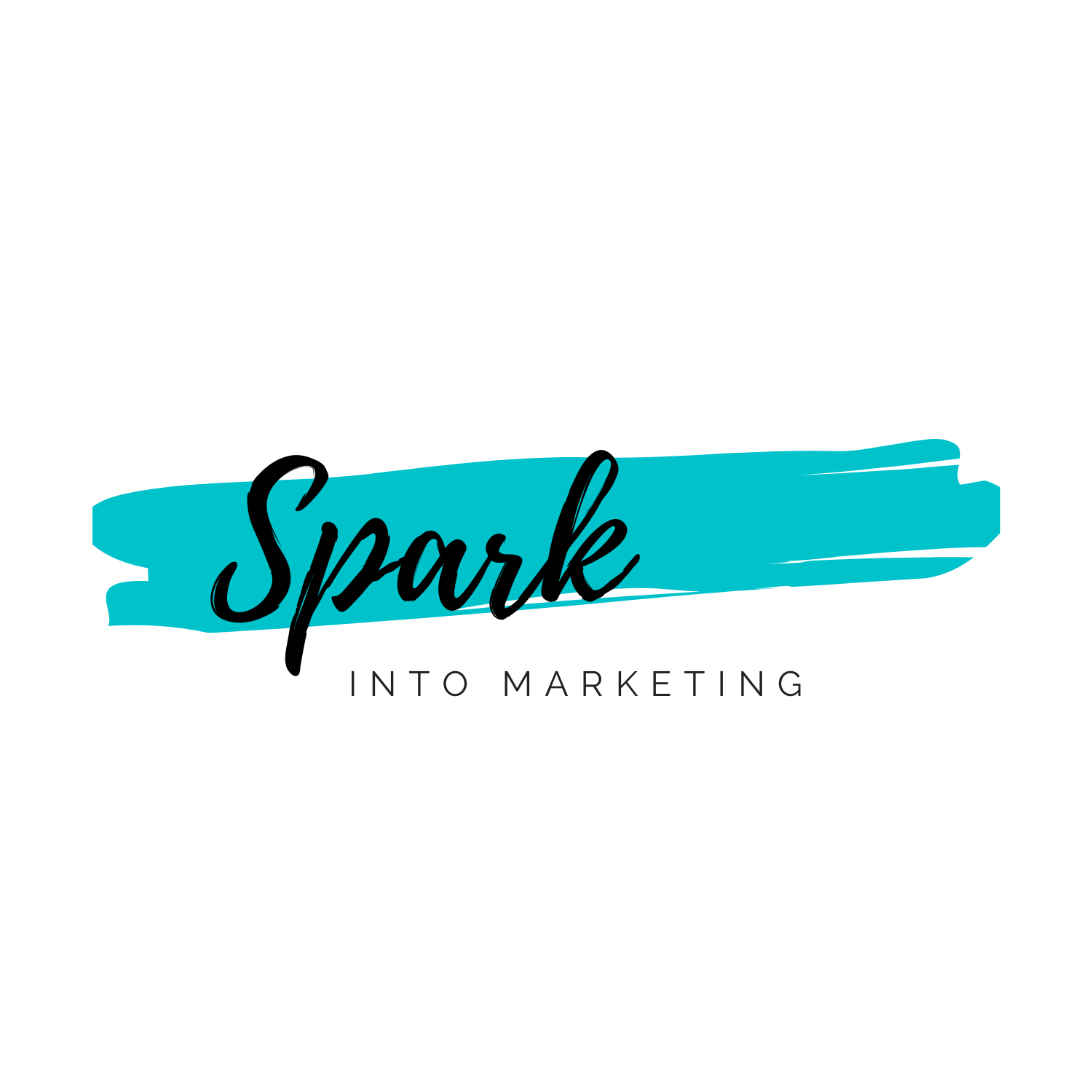Features and Benefits are part of the copy-writing treasury chest for all small business owners. Very often when you are new to talking about your business it can be quite difficult to see the difference. I never thought I would heard the difference described by a Prime Minister…
In Prime Minister’s Question Time this week Theresa May announced there would be a White Paper on the government’s Brexit plans. Jeremy Corbyn asked her about when that would happen. Mrs May’s reply was pure copy-writing gold:
She said that Mr Corbyn was always asking about process whereas she was interested in outcomes.
Process here is describing the internal workings of Parliament whereas the outcome is the final negotiated arrangement with the EU. The implication being that the internal workings looked important but in fact are not as important the outcome.
So when you translate that into a business context. The outcome is what the customer is looking for and gives them a benefit, while the process that gets them there (how the business does it) are the features.
Features can be easy to write about
Features describe the look and feel of your products and services. If they are real products you can distinguish between colours, sizes, power, degrees of complexity and a host of other aspects. When you are thinking about describing the features a good place to start is with your senses: what do you see, touch, smell, hear or taste?
When products are online it is a little harder. But the same approach applies which is why you see images of ebooks and pdf’s on websites, photographs of CD’s even if the product is downloadable.
If you are describing online, virtual or services you can define them by methods of delivery. If the product or service is delivered by face to face one to one sessions, group sessions or a conference an aid to the description will be some good photographs of videos and audios. conference, CD, MP3, website and membership site, streamed or downloadable, workbook, pdf?
You can also put a frame of reference around the length of time the programme lasts for. How many weeks, days, months? How long are the sessions?
By giving all these details you are making the product more real which enables the customer to imagine what they are getting before they buy. More importantly they can imagine experiencing , the product or service.
This helps them imagine that they are already the owner. So the question of whether or not to buy is a decision they may already have taken in their own head before they say yes or sign up.
You help them to take the decision. Because of course it is their decision.
Benefits are the real life blood of your marketing
You can describe the features of the product but there is a bigger question going on in the mind of the customer. The same question that should be in your mind as business owner.
The question is “So What?”.
I am offered a choice of a blue, green or stainless steel finish. Does it make a difference?
The answer can often be an emotional response buried deep in the primitive part of our brain. Often is could be simply voiced internally as “I like that better.”
When there are big price differences though the answer to the “So What?” will probably be more precisely articulated.
A more expensive item could give better performance but it may just make the buyer feel more
- powerful,
- attractive,
- happy
- or simply save time and money.
Features are easier to describe but the benefits to the customer is where you find the value.
